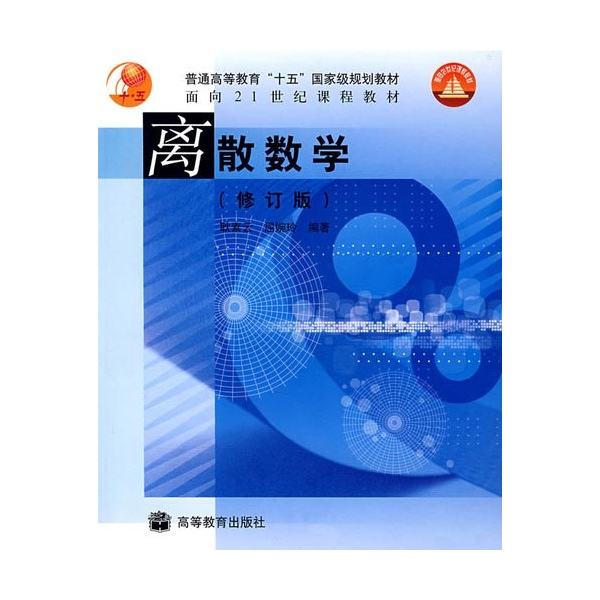The Grundy number of a graph is the maximum number of colours used by the ``First-Fit'' greedy colouring algorithm over all vertex orderings. Given a vertex ordering $\sigma= v_1,\dots,v_n$, the ``First-Fit'' greedy colouring algorithm colours the vertices in the order of $\sigma$ by assigning to each vertex the smallest colour unused in its neighbourhood. By restricting this procedure to vertex orderings that are connected, we obtain {\em connected greedy colourings}. For some graphs, all connected greedy colourings use exactly $\chi(G)$ colours; they are called {\em good graphs}. On the opposite, some graphs do not admit any connected greedy colouring using only $\chi(G)$ colours; they are called {\em ugly graphs}. We show that no perfect graph is ugly. We also give simple proofs of this fact for subclasses of perfect graphs (block graphs, comparability graphs), and show that no $K_4$-minor free graph is ugly.
翻译:图形的粗略值是“ First- Fit” 的贪婪颜色算法在所有顶点订单中所使用的最大颜色数。 如果有顶点订购$\sgma= v_ 1,\dosts,v_n$, “ First-Fit” 贪婪颜色算法将每个顶点的最小颜色指定为$\sgma$, 为其周围未使用的最小颜色。 通过将此程序限制在连接的顶点命令中, 我们获取了与它们相连的贪婪颜色。 对于某些图表, 所有相关的贪婪颜色都完全使用$\chi( G) 的颜色; 它们被称为 $em good图形 。 相反, 一些图表不承认任何相关的贪婪颜色, 仅使用$\ chi( G) ; 它们被称为 $em 丑陋的图形 。 我们显示, 没有完美的图表是丑陋的。 我们还给出了这个事实的简单证据, 用于完美的小类图表( 区图、 可比性图表) 并显示没有 $_ 4 的丑陋图表 。


